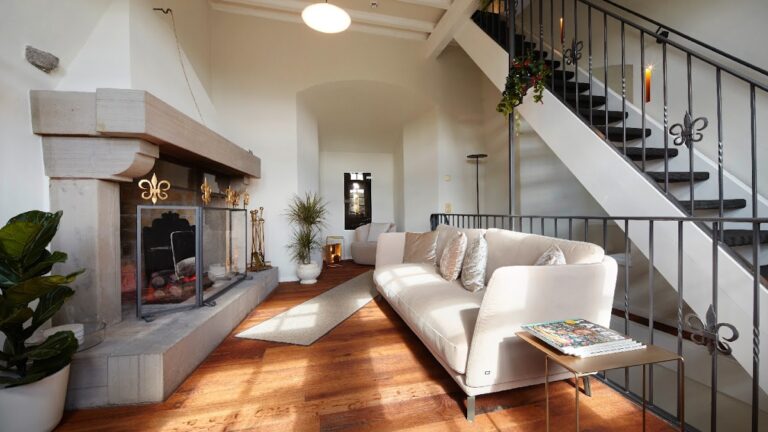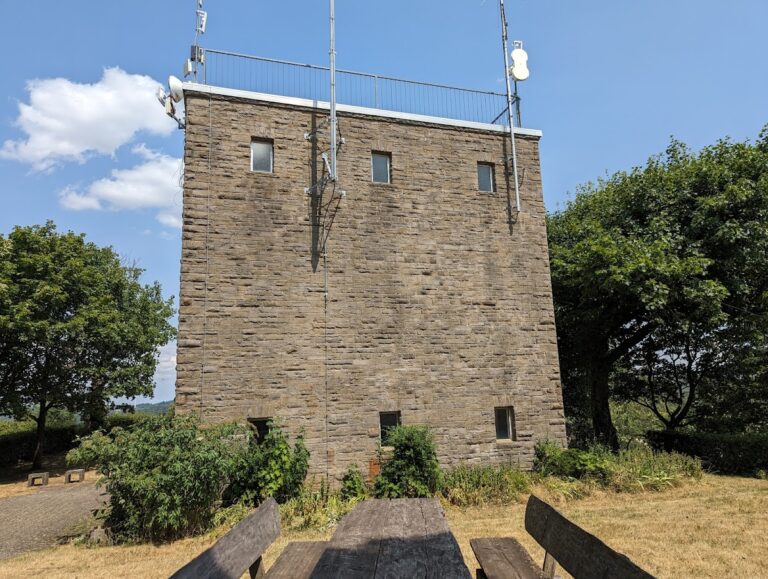Schloß Rheingrafenstein: A Historic Castle Near Bad Kreuznach, Germany
Visitor Information
Google Rating: 3.8
Popularity: Very Low
Google Maps: View on Google Maps
Official Website: www.schlossrheingrafenstein.de
Country: Germany
Civilization: Unclassified
Remains: Military
History
Schloß Rheingrafenstein is situated near Bad Kreuznach in southwestern Germany. While the specific origins of the castle remain undocumented, it is known to be part of the historic landscape of this region, which has been shaped over centuries by various Germanic communities.
Due to limited historical records, no particular accounts of construction phases, rulers, or significant events tied to Schloß Rheingrafenstein have been identified. There are no documented references to military occupations, administrative uses, or religious functions related to the castle within existing verified sources. Additionally, no regional name changes or historical legends specifically connected to the site have been recorded.
The absence of detailed historical documentation suggests that Schloß Rheingrafenstein’s role in local history might have been modest or its records have not survived. Nonetheless, its location within a moderately populated and varied landscape places it among the numerous castles of the Rheinland-Pfalz region, contributing to the area’s long-standing cultural heritage.
Remains
Archaeological data does not provide specific details about the layout or construction techniques of Schloß Rheingrafenstein. The castle occupies an elevated site at 293 meters above sea level, offering a vantage point slightly lower than a nearby height rising to 330 meters, which lies about 1.7 kilometers to the south.
The surrounding environment includes farmland and the natural features of hills and forests, reflecting a setting that has likely influenced the castle’s placement. Climatic conditions in the area feature mild average temperatures ranging from about −4 °C in winter months to 20 °C during summer, along with an annual precipitation of approximately 1,052 millimeters, conditions that would have affected the site’s maintenance and usage.
No surviving fragments, inscriptions, or architectural elements have been identified through excavation or historical research that would clarify the castle’s design, building materials, or decorative aspects. The state of the site in terms of conservation or restoration remains undocumented, with no recorded archaeological finds such as tools, pottery, or other artifacts that might illuminate its past functions or chronology.










